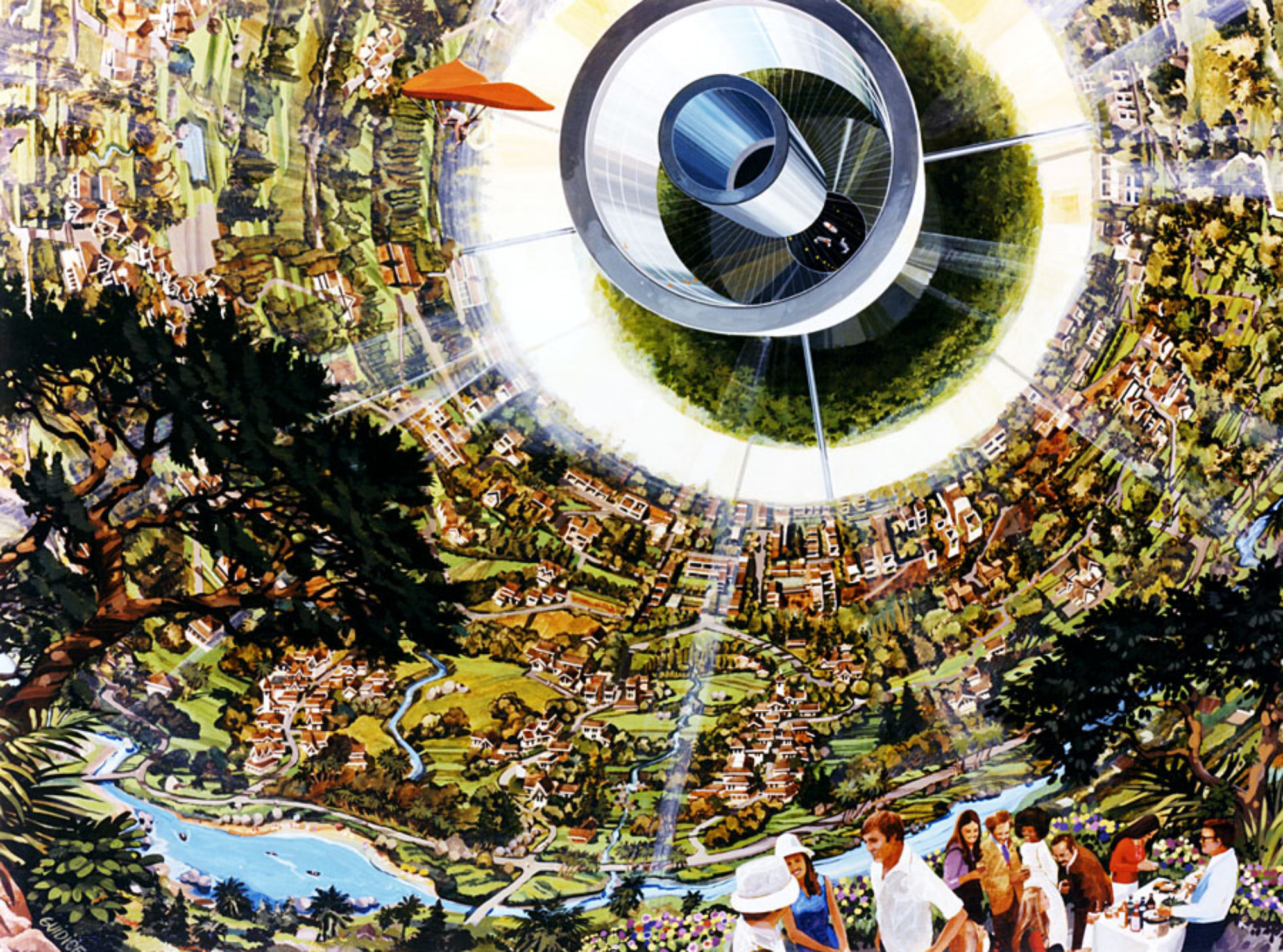
If humanity is to ever move off Earth, clearly we will need to be able to have children wherever we establish long term settlements. But, as humans have evolved over millions of years in Earth’s gravitational field, normal gestation may not be possible on the Moon or Mars. This is probably the most important physiological question to be answered before outposts are permanently occupied on these worlds. We can shield people from radiation, we can recycle wastes and use ISRU to replenish consumables for life support. But we may find that artificial gravity either in free space rotating habitats or on planetary surface settlements is required for settlers to have healthy children. In fact, when I asked Dr. Shawna Pandya, a physician and expert in space medicine about it on The Space Show, she said “…that is the million dollar question”.
Numerous studies have shown the deleterious effects of long term microgravity on human health. So we know that humans will need some level of gravity for sustainable occupation. But what level is enough to stave off the effects of lower gravity on human health and what about reproduction under these conditions? Plus, there is the problem of how to run ethical clinical studies to answer these questions? The Japan Aerospace Exploration Agency (JAXA) has started research in this area by studying mice under variable gravity conditions aboard their Kibo module on the International Space Station using a Multiple Artificial-gravity Research System (MARS). Results of this first ever long term space based mouse habitation study with artificial gravity were published in a paper called Development of new experimental platform ‘MARS’—Multiple Artificial-gravity Research System—to elucidate the impacts of micro/partial gravity on mice in Nature back in 2017. The authors* of the paper found that significant decreases in bone density and muscle mass of the mice reared under microgravity conditions were evident when compared to a cohort raised under 1G indicating that artificial gravity simulating the surface of the Earth may prevent negative health effects of microgravity in space. The next obvious step was to test the mice in 1/6 G simulating conditions on the Moon. This experiment was ran in 2019 but the results have not yet been published. SSP has reached out to JAXA with an inquiry on when we can expect a report. This post will be amended with an update if and when an answer is received.
Reproduction of mice or other mammals has not been studied in space under variable gravity conditions. The problem screams out for a dedicated space based artificial gravity facility such as the Space Studies Institute’s G-Lab and others (e.g. Joe Carroll’s Partial Gravity Test Facility ). Even if such a laboratory existed, how would ethical clinical studies on higher mammal animal models to simulate human physiology during pregnancy be carried out? Answering this question will come first before the million dollar one.
June 2, 2023 Update: JAXA finally released the results of their 2019 study on mice subjected to 1/6 G partial gravity in a paper in Nature in April. There is good news and not-so-good news. The good news is that 1/6 G partial gravity prevents muscle atrophy in mice. The downside is that this level of artificial gravity cannot prevent changes in muscle fiber (myofiber) and gene modification induced by microgravity. There appears to be a threshold between 1/6G and Earth-normal gravity, yet to be determined, for skeletal muscle adaptation.
______________________________
* Authors of Development of new experimental platform ‘MARS’—Multiple Artificial-gravity Research System—to elucidate the impacts of micro/partial gravity on mice: Dai Shiba, Hiroyasu Mizuno, Akane Yumoto, Michihiko Shimomura, Hiroe Kobayashi, Hironobu Morita1, Miki Shimbo, Michito Hamada, Takashi Kudo,
Masahiro Shinohara, Hiroshi Asahara, Masaki Shirakawa and Satoru Takahash
